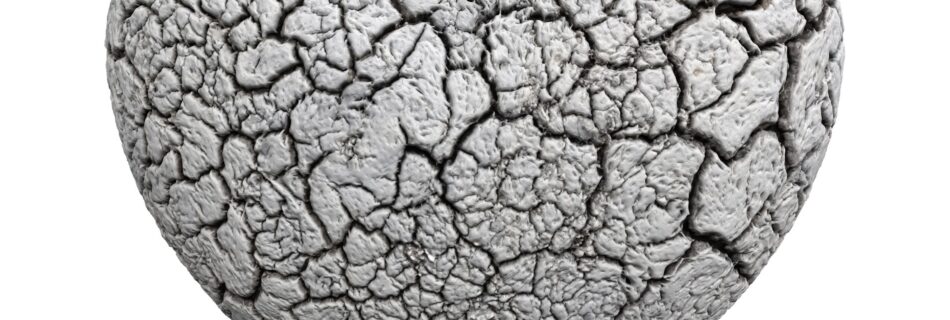ALTO at it again
The ALTO program (Alternatives to Opioids) at St. Joe’s has already received national recognition for its work here. In March we held a legislative summit that was attended by U.S. Senators Bob Menendez, Cory Booker, US Congressman Bill Pascrell, Jr and multiple other members of the local and state government to discuss the opioid epidemic and the ALTO initiative. Then we were lucky enough to have the New York Times write a story recent story in June on the ALTO program as well. Not to be outdone, EM Resident recently published a piece to introduce the EMRA readers to the wonders of ALTO and the success we have had thus far with the program, check it out here.














